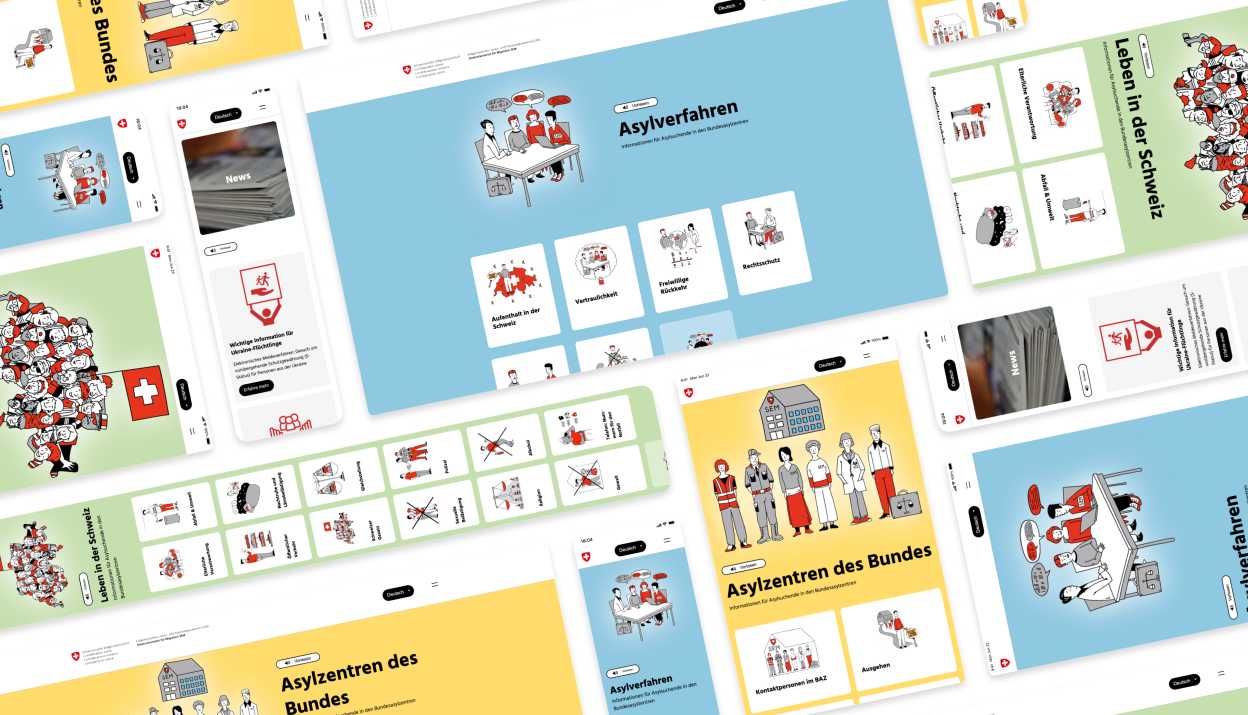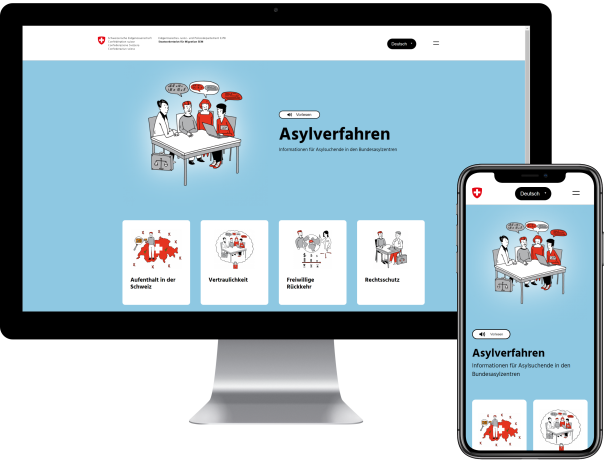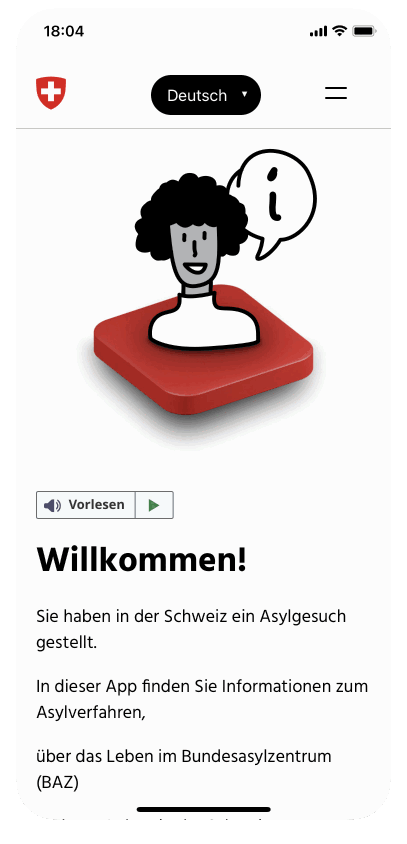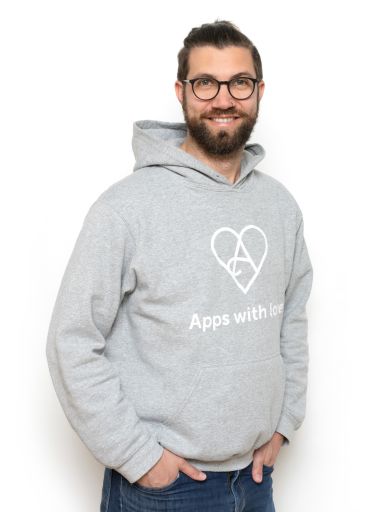Asylum seekers arriving in Switzerland have to find their way around a largely unfamiliar environment and complex legal procedures. The web app provides relevant information on the asylum procedure, the Federal Asylum Centers (FAC) and life in Switzerland in currently 13 languages, so that asylum seekers have all the information they need at their fingertips during the procedure. Asylum-Info is intended to make it easier for asylum seekers to arrive and find their way around Switzerland and thus make a positive contribution to social coexistence.
Reaching Asylum Seekers
Until now, the State Secretariat for Migration (SEM) provided information to asylum seekers mainly in the form of flyers and leaflets. These documents were primarily distributed upon entry into a federal asylum center. However, studies by the UNHCR (United Nations High Commissioner for Refugees) have shown that only 2 - 3% of refugees are aware of flyers and brochures as a means of communication. In contrast, 75% regularly obtain information via smartphone. The desire to find information online is therefore great. This is also shown by SEM surveys of the target group: ⅔ of respondents want information online - also in video and audio formats.
Thanks to push messages, asylum seekers can also be reached promptly and comprehensively. With Asyl-Info, the SEM is responding to the need for online communication. In this way, information reaches the target group more easily, more quickly and at lower cost.

"Thanks to asylum-info.ch, asylum seekers now carry all the info they need on their cell phones, close at hand at all times, and thus navigate safely through Switzerland and the asylum procedure. The information is easy to find and easy to understand thanks to video and audio formats. This is extremely appreciated - by the asylum seekers themselves, by our staff in the asylum centers as well as by the NGOs. Thanks to the web app, we now have a direct line to the asylum seekers, can better understand their information needs and respond to them even better."
Pascal Schwendener, Project Manager SEM
Location-dependent Information
Information that is specific to a federal asylum center or the services for asylum seekers in this region, such as house rules or the lunch menu, is displayed to users depending on their location. This means that only information that is actually relevant for the users in their location is available.
Implementation in Line with the Target Group
From the very beginning, asylum-info.ch was designed with the target group in mind. The web app is currently available in 13 languages, and thanks to the integrated screen reader, users can have content read aloud to them in their own language. Illustrations and explanatory videos help to illustrate complex topics in a simple way.


















